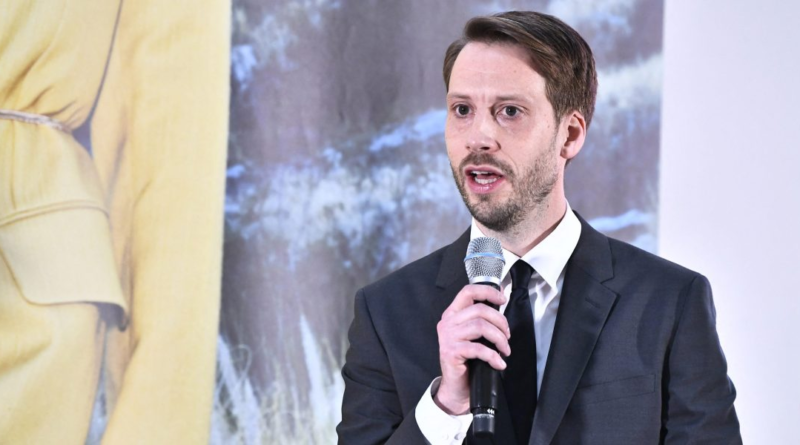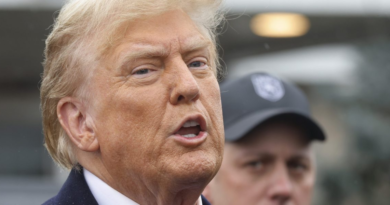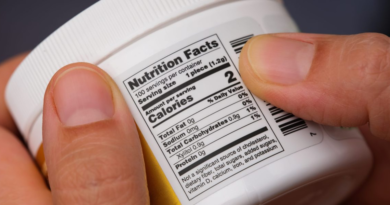Surprise H&M CEO change sends shares plunging as profits fall short of estimates
Hennes & Mauritz AB appointed Daniel Erver as chief executive officer, jarring investors with a surprise move after the Swedish fast-fashion group struggled to boost profitability under predecessor Helena Helmersson.
The 42-year-old Erver, a company veteran currently responsible for the H&M brand, is taking over immediately. Helmersson stepped down after four years as CEO with “mixed feelings,” she said Wednesday.
The sudden leadership switch came as H&M reported fourth-quarter profit that fell short of estimates, sending the shares down as much as 11%, the biggest intraday decline in almost two years.
Under Helmersson’s tenure, H&M lost a fifth of its market value as it grappled with the pandemic, stubbornly high inventory levels that only recently began to moderate and competition from perennial rival Zara and upstarts like Shein.
Erver started as a summer trainee at H&M in 2005 and held a variety of merchandising and purchasing manager roles across the company. For the last four years, he’s been responsible for the H&M brand, the group’s largest.
“Daniel is a competent, experienced and respected leader,” Chairman Karl-Johan Persson said in the statement.
Given his long tenure at H&M, however, analysts questioned whether he will bring a change of direction.
“We remain unconvinced and think they will deliver weak sales and weak margins,” Bernstein analyst William Woods said. “The new CEO will not necessarily have the mandate to take the radical steps to turnaround the business.”
In the last quarter, which ran through November, sales started slowly as hot weather in parts of Europe curbed demand. By mid-October sales had bounced back as temperatures cooled, H&M said.
Operating profit rose to 4.33 billion kronor ($420 million), trailing the 4.76 billion kronor estimate of analysts. Inventories fell 12% from a year earlier and represented 15.8% of rolling 12-month sales.
The company stuck with a target for its operating margin to exceed 10% over time, with an ambition to reach that level for full-year 2024.




